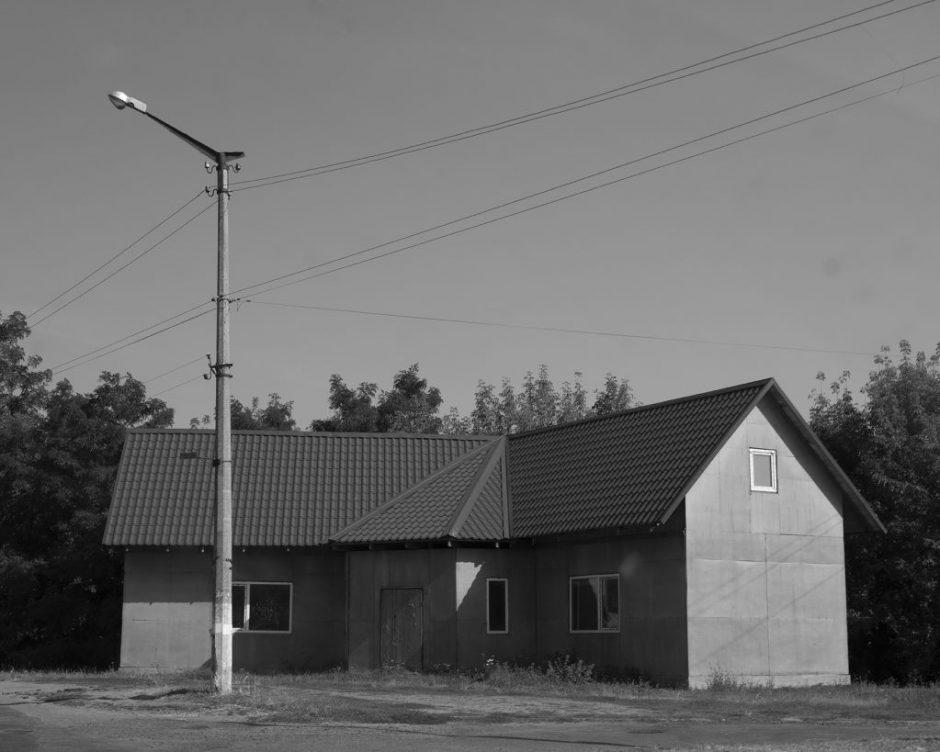My Micro Teaching class is based upon the idea of what is termed “the democratic photograph”. From artists and photographers such as William Egglestone , Wolfgang Tillmans, to Cindy Sherman and Sophie Calle have challenged the notion of classic photography practice.With the advent of the Iphone we as a society are more visual literate then at any time before.The teaching class is an opportunity to disrupt orthodox rules of composition, technical aspects and use instant tangible materials. The class were given a Polaroid Camera and Instant film.
They were given a series of photography references and a handout to read explaining their tasks. I added the opportunity to work as a group to build a collaborative process into the activity and have a resulting exhibition. Below is the Micro Teaching document “I take pictures, in order to see the world.”Has photography become the international language now? With the democratisation of photography through the smartphone, visual literacy is now the new normal.
But is it enough,or do we need to disrupt our senses by making what is deemed a “bad”photograph. Can this allow us to see with clarity ? If so how does this affect our senses and ultimately how we approach commissions and personal practice.
I want you to REIMAGINE the spaces, still lifes, portraits into a contemporary reading.How can you look beyond the Ordinary, Boring sometimes Mundane situations around us. It is these moments that we can see something special.
We are going to elevate the photographs we make in this session in the various areas of the university whether that’s in the studio or in the buildings/ classrooms / canteen and also outside in the local area.
You will be working together as a group to see if we can form a non linear narrative to be able to make an impromtu exhibit. Blue tack and Stick on a Wall
Tasks
- You have 15 minutes as a group to make the photographs where you will together help each make your photographs. Working as a team to share the resources
- If notice something you want to make a photograph of , make a mental note
- and one its your turn go make the photograph.
- Don’t wait for the image to appear – as soon as you have made your photograph pass the camera to the next person.
- Work as a team
- observe each other
- Make a note mentally of what you think the person is photographing
- We can then see if its what they intended or what you invisaged
- Each member of the group must make one image as a minimum
- We have 24 sheets of Polaroid Instant Film
- A Polaroid Camera
- Remember that this task is about disrupting your visual literacy
- So experiment making a photograph that is “ordinary” “boring”
- A simple observation elevated to stature.
In the Portfolio Slideshow are the example photographic references and the dcumentation of the Micro Teaching Workshop and results of the students work.
Reflection on my microteaching
The class was designed as both a team building effort and collaborative opportunity as well as wanting the students to think and become confident in challenging their percieved ideas around what makes a good photography. Myself being the facilitator
Within my MA class that I teach I want to build a community , there are times when my international students feel either unconfident , shy or fear failure. This activity I feel can be a very good practical exercise, it requires a group working together and generates an excitement due to the waiting process of the and students encourage each. The democratic exercise in curating an exhibition together allows a dialogue between students.
This is Collaborative Pedagogy
- Peer-to-Peer Interaction:Students learn from and with each other, sharing ideas, perspectives, and knowledge.
- Small Group Work:Activities are designed to encourage collaboration in pairs or small groups.
- Shared Tasks:Students work together on common goals, tasks, or projects.
- Active Learning:Students are actively involved in the learning process, rather than passively receiving information.
- Teacher as Facilitator:The teacher acts as a facilitator, guiding and supporting student learning, rather than being the sole source of knowledge.
- Benefits of Collaborative Pedagogy:
- Enhanced Learning:Students gain a deeper understanding of concepts through peer interaction and discussion.
- Improved Critical Thinking:Working collaboratively encourages students to analyze, evaluate, and synthesize information.
- Development of Soft Skills:Students develop valuable skills such as communication, teamwork, problem-solving, and leadership.
- Increased Engagement:Collaborative activities can make learning more engaging and enjoyable for students.
- Sense of Community:Collaborative learning can foster a sense of belonging and community among students.
- Exposure to Diverse Perspectives:Students are exposed to different viewpoints and ways of thinking, broadening their understanding of the world.
it was fascinating to see how with some encouragement that the students made significant photographs and challenged themselves. There was a genuine excitement and playful nature, a shedding of expectations of being perfect and being able to experiment.
Feedback from the group
What was interesting initially was the discussion over my use of the term ” disruptive ” – a student commented that whilst in the past that term had been positive in arts or business practice , however today it was seen with negative connotations. I found that interesting that terminology could be misinterpreted. There is possible scope for change here but I am still unsure. It felt an argument to be made for the sake of an argument. Maybe its about explaining what I mean by using terminology in the future. The feedback on the whole other than that felt positive. They felt creative , a sense of common purpose, engaged and they enjoyed the experience.










